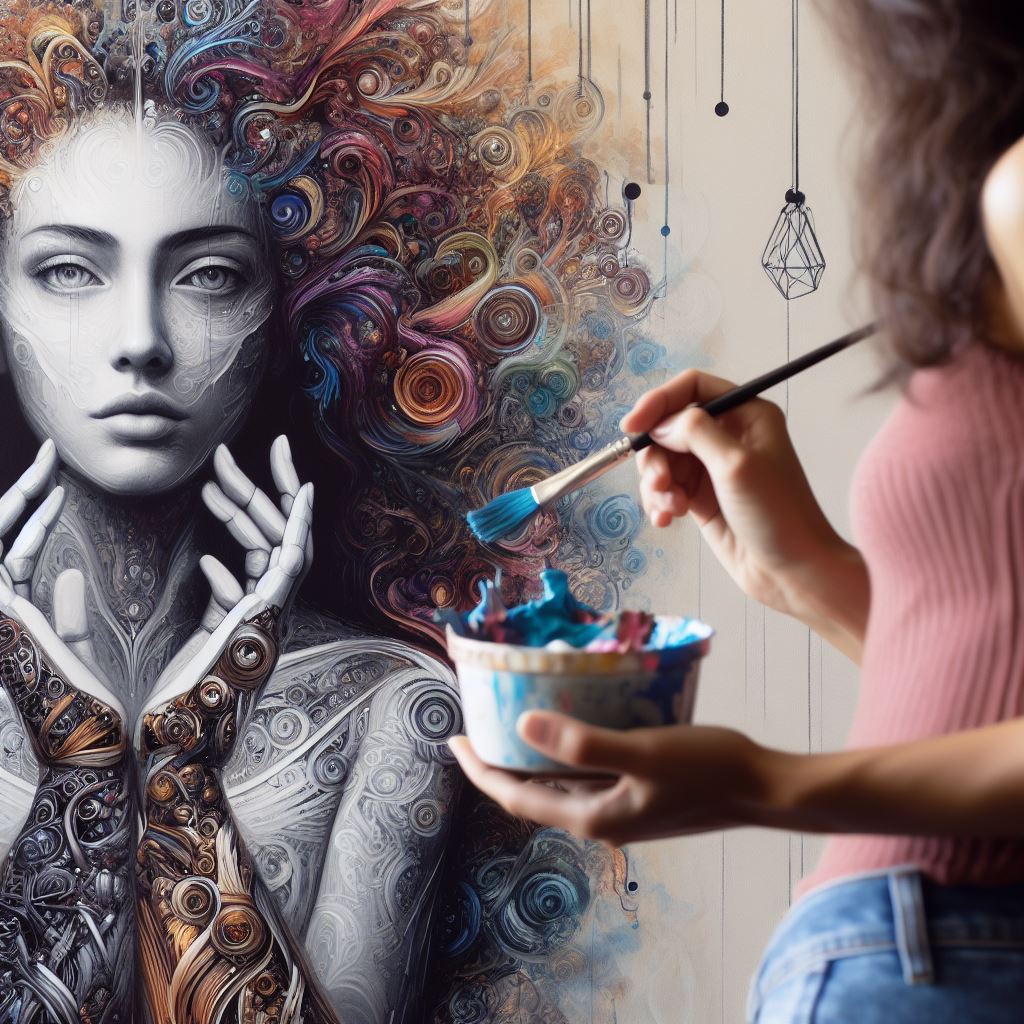Introduction
It is easy to think of universal education as something that has always been there, but it’s important to remember that it’s a relatively recent innovation, and still isn’t universal in many countries. A few years ago I looked into the roots of the UK government starting compulsory education for all children, it was clear that the need to have an educated workforce was central to the argument. The emergence of AI poses a challenge to this, potentially weaking the rationale and placing a question mark over universal education in the kinds of ways we have grown accustomed to.
It’s long been debated that low skilled jobs might, in time be automated, but now it is increasingly apparent that even professions like medicine and law, reliant on highly specialized skills, are about to be disrupted. It’s unimaginable that the workforce and jobs will look the same in 20 years as they do now. In a recent Forbes article they quoted research suggesting that 77% of people had apprehension that AI could imminently bring about job losses, and that 400 million workers were likely to be displaced by 2030, 15% of the global workforce.
Whilst the disruption will likely affect all areas of work, I’m going to make the argument that the arts are harboured off from the largest of these effects, and indeed, that arts education may even rise in importance. From an educational standpoint, and their role in society, they are a separate category to most other industries.
The Educational Case
Our current AI are built upon large language models. The AI relies on explicit, declarative knowledge, that it collects from a range of sources. Jobs in which training is underpinned by an education centred upon the transmission of this type of knowledge are seriously under threat as the AI can read the same books, and more.
In contrast, arts education is different, the forms of knowledge used by artists are typically non-declarative. Artists draw upon tacit, and embodied knowledge, whilst the learning processes focus upon the psychomotor and affective domains. You can neither learn to dance, or play a violin, simply from reading a book. Art, whether music, painting, dance, or drama, transcends documentation; it requires practice, emotional depth, and sensorimotor skills beyond the grasp of our current AI.
You may be thinking that this is only relevant if the art is to be made by and performed by humans, which is a meaningful counter argument. We are increasingly seeing AI engaged in creative acts, or expanding what is currently being made. The argument is not that AI won’t disrupt the creative industries, or what is made, but rather than there is still going to be a vital need for human artists.
AI and the Creative Industries
In the future, if human doctors are replaced by AI it really won’t matter so long as the outcomes are comparable. The same is not true with the arts, it fundamentally matters whether you are engaging with an AI or a human.
As a quick thought experiment, imagine that a lost Shakespeare manuscript is discovered. If the play could be authenticated with certainty, it would be of significant importance, staged by theatre companies, written about by academics and enjoyed by audiences. If an AI were to draw upon the writings of, and about, Shakespeare to create a new play, whilst it might be of interest, it would undoubtedly not carry anything like the same significance; It is even questionable whether there would be much point to the work’s performance. The artist is inescapably linked to how their art work is viewed.
The same isn’t true across the industry. Clearly, a there will be disruption, as highlighted by the recent strike by US actors, part of which revolved around the use of actors images by AI. Clip art, background music, and a host of design work will be automated. Indeed, contemporary artists will undoubtedly draw upon AI to support in the creation and presentation of their works, but a human will be at the centre of the endeavour in more meaningful creative acts.
Societal Need for Artists
As AI propels us into an era of rapid change, countries will have to grapple with the imperative of maintaining social cohesion. With jobs succumbing to automation, there are two great challenges. The first is obvious, without jobs the distribution of money will change in profound ways. Second, many people will find themselves at the centre of existential crises due to the erosion of their occupational identity. This could become a massive challenge for governments in many countries.
Two obvious routes forward for governments are authoritarian rule or mass sedation; 1984 or Brave New World scenarios. Art provides a potential for a third route forward. Art is a way to imbue life with meaning. It can serve as a powerful cohesive force, fostering joy, and enhancing collective well-being. The arts provide a holistic and healthy model for nourishing individuals and sustaining communities amid imminent transformations. If higher art education expands its work in applied areas, there is a strong potential that its graduates will have successful careers.
Conclusions
Whilst far more can be written about this topic, we are going to draw to a conclusion. MELD has recently posted blogs about how universities need to develop broad coherent visions of their future, and the AEC paper Musicians as ‘Makers in Society’: A Conceptual Foundation for Contemporary Professional Higher Music Education, which outlines some of the ways transformations to higher music education are being considered, especially in relation to the artists’ role in society.
The arts might change but they are clearly not going to disappear. Making art may no longer be uniquely human, but meaningful expression will continue to be human inspired. AI might even reveal new things about art, our relationship to it, and our need for it, especially in challenging times.
